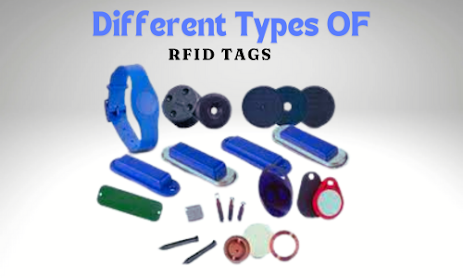Mitigating Interference: RFID in the Presence of Metals and Liquids
The implementation of radio-frequency identification (RFID) technology has greatly transformed inventory management, asset tracking, and various other applications across industries. However, the presence of metals and liquids poses significant challenges to RFID performance due to interference and signal attenuation. Overcoming these challenges is crucial to fully leveraging RFID's potential.
The Challenge of Metals and Liquids
Metals and liquids reflect and absorb radio waves, which can cause interference and drastically reduce the read range and accuracy of RFID systems. In retail, manufacturing, and logistics, where metal shelves, containers, and liquid products are common, this can lead to significant operational inefficiencies. Without proper mitigation, the interference can result in misreads, missed reads, and a general decline in system reliability.
Innovative Solutions for Metals
To address the challenges posed by metal interference, several innovative solutions have been developed. One effective method involves the use of on-metal RFID tags. These tags are designed with a special backing material that isolates the RFID antenna from the metal surface, allowing the tag to function correctly.
IDTech offers the IDT Ferric series mount-on-metal tags, specifically designed to work on metallic surfaces. These tags are durable and robust, ensuring reliable performance in harsh industrial environments. Additionally, mounting RFID readers at specific angles or using spacers to create a gap between the tag and the metal surface can significantly enhance read accuracy. This method reduces the direct interference caused by the metal, enabling better signal propagation.
Dealing with Liquids
Liquids absorb radio waves, which can hinder RFID performance. To mitigate this, companies use RFID tags with higher read sensitivity and frequencies less affected by liquid absorption, such as UHF (ultra-high frequency) tags.
Encapsulating RFID tags in protective materials like plastic or glass can also help. These materials shield the tag from direct contact with the liquid, preserving signal strength. Furthermore, placing tags in areas with minimal liquid interference, such as the neck of a bottle rather than the body, can improve read rates.
IDTech provides RFID flag tags that are being used for liquid bottles, where the RFID antennas are suspended in the air. This design ensures that the tags maintain a strong signal despite the presence of liquids, enabling accurate and reliable reads.
Technological Advancements
Technological advancements in RFID have led to the developing of specialized tags and readers that perform well in challenging environments. For instance, IDTech's UHF RFID tags are designed to maintain high read accuracy even in the presence of metals and liquids. Utilizing advanced chip technology, these tags offer superior signal processing, ensuring reliable data capture.
Moreover, IDTech's RFID readers incorporate adaptive algorithms to compensate for signal disruption caused by metals and liquids. By adjusting power settings and read angles dynamically, these readers optimize performance, minimizing the impact of interference.
The Future of RFID in Challenging Environments
As RFID technology continues to evolve, the industry can expect even more robust solutions for mitigating interference. The development of flexible tags, enhanced materials, and smarter reader algorithms will further expand the applicability of RFID in environments rich in metals and liquids.
In conclusion, while metals and liquids challenge RFID performance, innovative solutions, and technological advancements pave the way for more reliable and efficient systems. By employing specialized tags like the IDT Ferric series and RFID flag tags, protective materials, and adaptive readers, businesses can mitigate interference and fully harness the benefits of RFID technology in even the most challenging environments.




Comments
Post a Comment